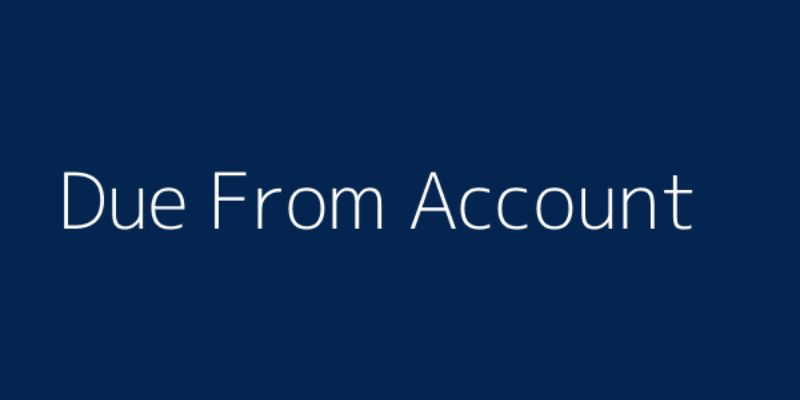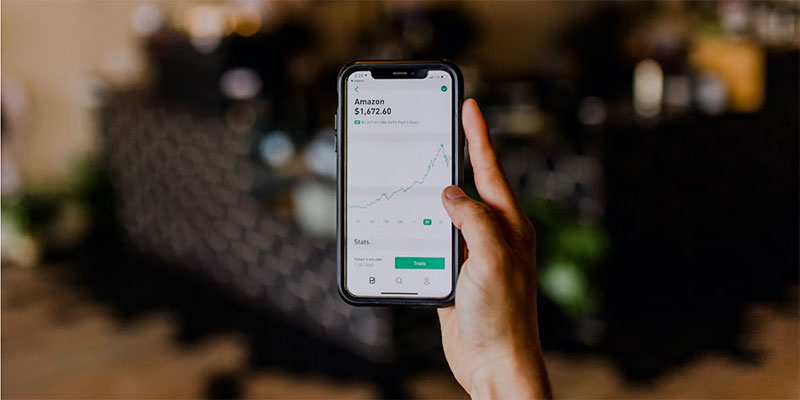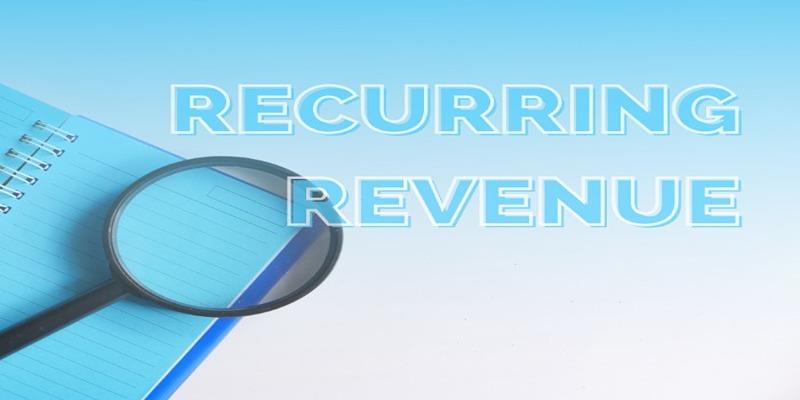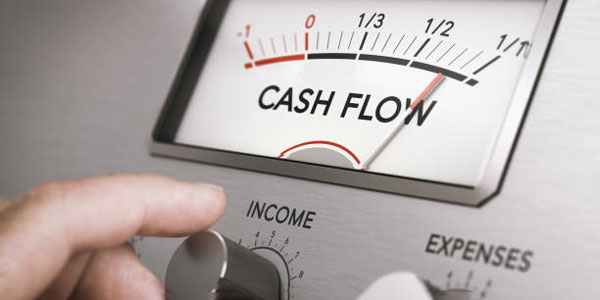What Is a Due From Account?
Oct 07, 2024 By Kelly Walker
If you work in finance, chances are you’ve heard – or even used – a due from the account. But do you know what they are and how they can make day-to-day financial operations easier?
This blog post explains what a due from the account is and how businesses use them for their liquidity needs. Read on to learn more about this important piece of financial technology!
Understanding a Due From Account
Due from accounts is a type of liability account used to track money owed to a company or individual. They record the amount of money expected to be received from another party for either goods or services provided by the creditor. Generally, due from accounts are recorded in a company's balance sheet under current liabilities and represent an obligation to pay back funds at some point.
It is important to examine its primary components to understand how a due from account works. A due from account comprises assets (money owned) and liabilities (money owed). When an entity pays money into this account, it increases the asset side of the ledger. The other component, liability, represents the money owed to the creditor by another party. When a payment is received from the debtor, it decreases the liability side of the ledger and increases the asset side.
Due from accounts are typically used when companies or individuals are engaged in financial transactions with one another. For instance, if an individual sells a product or service to a company and that company fails to pay their bill, they can use a due from account to keep track of how much money is owed for these services. This also helps ensure that all debts remain current and up-to-date.
How to Create and Manage a Due From Account
Creating and managing a due from the account is an important step in maintaining accurate financial records. To properly set up and maintain this type of account, several steps should be followed:
1. Establish the debtor
Identify who owes money to your company or individual, and list their contact information on the ledger.
2. Record the transaction
Document all transactions associated with the debt by recording each payment made or received in the due account.
3. Monitor payments
Track payments received so you can apply them correctly and make adjustments if they do not match what was recorded in the ledger.
4. Reconcile accounts
Verify that all payments are accounted for and that the amounts due from accounts match those on the balance sheets.
5. Track receivables
Create a system to track any unpaid invoices or outstanding balances so you can stay on top of collecting them.
By following these steps, companies and individuals can create and manage effective due from accounts, allowing them to track their finances better. This will also help ensure that all obligations remain current and up-to-date while maximizing their profits. Additionally, by keeping accurate records, businesses can more accurately plan for future expenses and budget accordingly.
A Nostro Account
39393438
Finally, it is important to note that a due from the account can also be known as a Nostro Account. A Nostro Account is similar in structure to a due from the account but differs in transaction type.
Specifically, whereas a due from account records payments for goods or services between two parties, a Nostro Account typically involves international payments or investments made by banks and other financial institutions. If you are dealing with larger amounts of money internationally, consider setting up a Nostro Account instead of a due from the account.
Top Features of Due from Account
Due from accounts provide many advantages for businesses and individuals, which include:
1. Streamlined Payments
Due from accounts make it easy to keep track of payments received and ensure they are applied correctly.
2. Accurate Record Keeping
By keeping accurate records, businesses can more accurately plan for future expenses and budget accordingly.
3. Increased Profitability
Keeping track of receivables will help maximize profits by ensuring all debts remain current and up-to-date.
4. Improved Cash Flow Management
Tracking payments will help businesses better understand their cash flow situation and adjust as needed.
5. Enhanced Security
Utilizing due from accounts provides an added layer of security by verifying the other party’s identity and the accuracy of their transactions.
Automated Processes
Using a due from account eliminates manual data entry, making it easier for businesses to keep up with payments and receivables.
7. Flexible Options
Due from accounts provide flexible payment options tailored to the company or individual’s needs.
8. Greater Efficiency
By streamlining processes, businesses can focus more on other important tasks, such as marketing or customer service, rather than spending time manually tracking payments.
Due to Account vs. Due to Account
Due from and due to accounts are two types of financial records used by businesses or individuals. While both are forms of liability accounts, they have distinct differences in their usage and purpose. A Due From account is a liability account that tracks money owed to the company or individual.
These accounts record the amount of money expected from another party, usually for goods or services provided. On the other hand, a Due To account is a type of liability account used to track money owed by the company or individual. It records the amount that must be paid out for payments made on behalf of the company or individual, such as loans or purchases made.
Due from accounts can help companies or individuals keep track of their receivables and ensure that all payments are accounted for. This helps to maximize profits by ensuring that all debts remain current and up-to-date. Accounts help improve cash flow management by recording money owed and the payment schedule. They also provide businesses with an added layer of security by verifying the other party’s identity and the accuracy of the transaction.
Overall, due from and due to accounts are important in helping companies or individuals manage their finances. While they both serve the purpose of keeping accurate records of financial transactions, their usage is different depending on who owes money.
FAQs
Q: How do I use a due from account?
A: When you set up a DFA with your bank, they will provide instructions on how to use it. Typically, you will be asked to fill out a form providing the transfer details (including the amount and date) and then submit the request. Your bank will then process your request and ensure that funds are available when needed.
Q: What are some benefits of using a due from the account?
A: DFAs provide businesses with access to quick capital in times of need without taking on debt, which can save on interest costs. DFAs also provide increased control over cash flow management by allowing for more fluidity between payments and receipts. Finally, DFAs can help businesses maintain better records since all transactions on an account are recorded and easily trackable.
Q: What is the meaning of dues in accounting?
A: In accounting, the term “dues” refers to any payments or transfers that a business customer makes to their respective bank account. This could include loan payments, interest payments, and overdraft fees; by tracking all incoming and outgoing dues, businesses can better keep track of their financial standing and make sure they’re not overspending or missing payments.
Conclusion
A due from accounts is an important financial technology that benefits companies and individuals. By understanding how to create and manage a due from account, businesses can improve their cash flow management and profitability. Additionally, this type of account provides added security and flexibility, making it easier to track payments and receivables. Utilizing a due from the account is essential for any business or individual looking to streamline financial operations and maximize profits!

What Is a Due From Account?

Get To Know What Is Credit Life Insurance

Are Stocks With Low P/E Ratios Always Better?

Charting the Richest Amazon Shareholders of 2023: Who's Leading the Pack?

Deciphering Hedge Funds: Balancing Returns and Fees

What is Recurring Revenue?

Unveiling the Features: A Comprehensive Review of Merrick Bank Secured Visa

Cash Flow Maximisation

Student Discounts: A Comprehensive Guide


